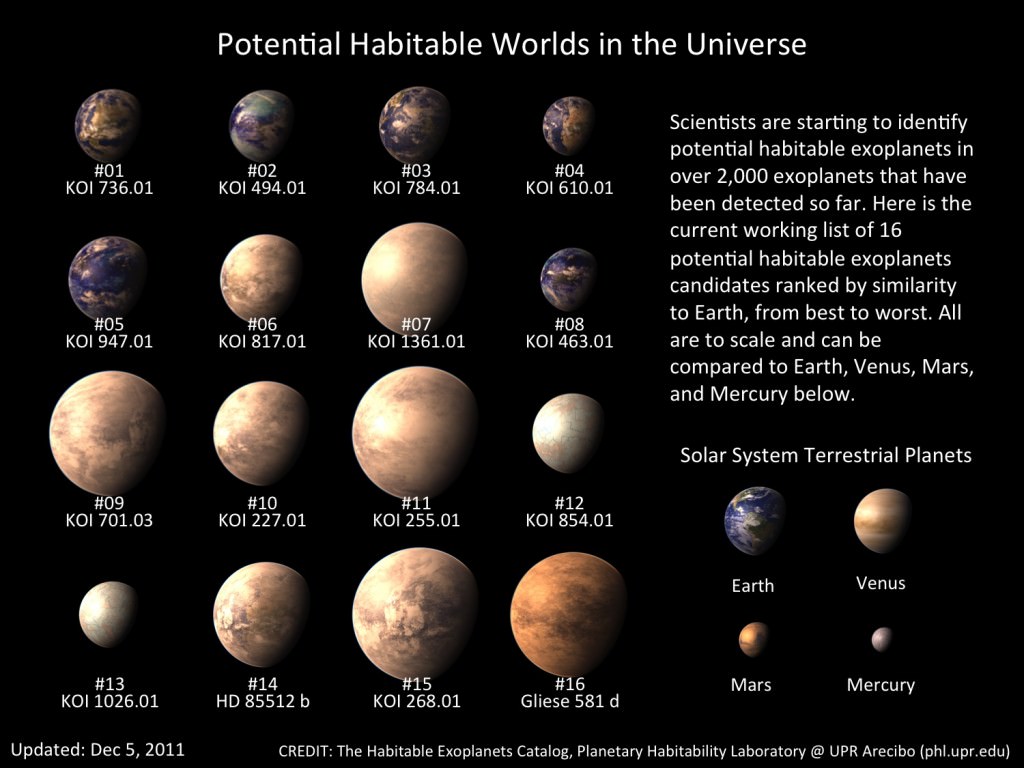
The creation of the universe and its components can sometimes be a rather contentious topic. Whether it is a story based in religion, folklore, or science, people have always looked to find and answer to the our beginnings. Recently, an article on Science Daily writes about a new theory about the formation of Earth. The traditional theory of about the creation of “proto-Earth” was that it was created by multiple collisions of planetary bodies over a period of tens of millions of years. The new theory is proposed by a study conducted at the University of Copenhagen. This study used the analysis of iron isotopes as evidence that proto-Earth was formed over a period of five million years via rapid accretion of cosmic dust and differentiation. There are many implications to this recent theory, including the increased possibility of life on other planets. Do you think this could mean we may find other in habitable planets or is it just wishful thinking?








